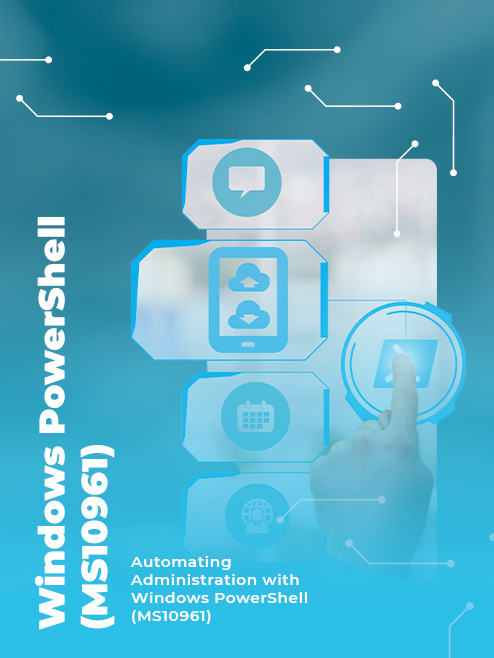Ovaj petodnevni kurs pruža polaznicima osnovna znanja i vještine za korišćenje Windows PowerShell-a za administraciju i automatizaciju administracije Windows servera i pomaže da usavrše vještine da identifikuju i izgrade komandu koja im je potrebna za izvršavanje određenog zadatka. Osim toga, polaznici uče kako da naprave skripte za izvršavanje naprednih zadataka, poput automatizacije ponavljajućih zadataka i generisanja izvještaja. Tokom kursa stiču se neophodne vještine koje podržavaju širok spektar Microsoft proizvoda, uključujući Windows Server, Windows Client, Microsoft Exchange Server, Microsoft SharePoint Server, Microsoft SQL Server, Sistem Center i još mnogo toga. U skladu sa tim ciljem, ovaj kurs se neće fokusirati na bilo koji od tih proizvoda, iako će Windows Server, koji je zajednička platforma za sve te proizvode, poslužiti kao primjer za tehnike koje ovaj kurs uči.
Trener: Tihomir Knežević
Poželjno predznanje:
- Experience with Windows networking technologies and implementation.
- Experience with Windows Server administration, maintenance, and troubleshooting.
- Experience with Windows Client administration, maintenance, and troubleshooting
- Students who attend this training can meet the prerequisites by obtaining equivalent knowledge and skills through practical experience as a Windows system administrator. No prerequisite courses are required.

